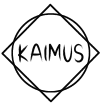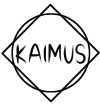Immersive training 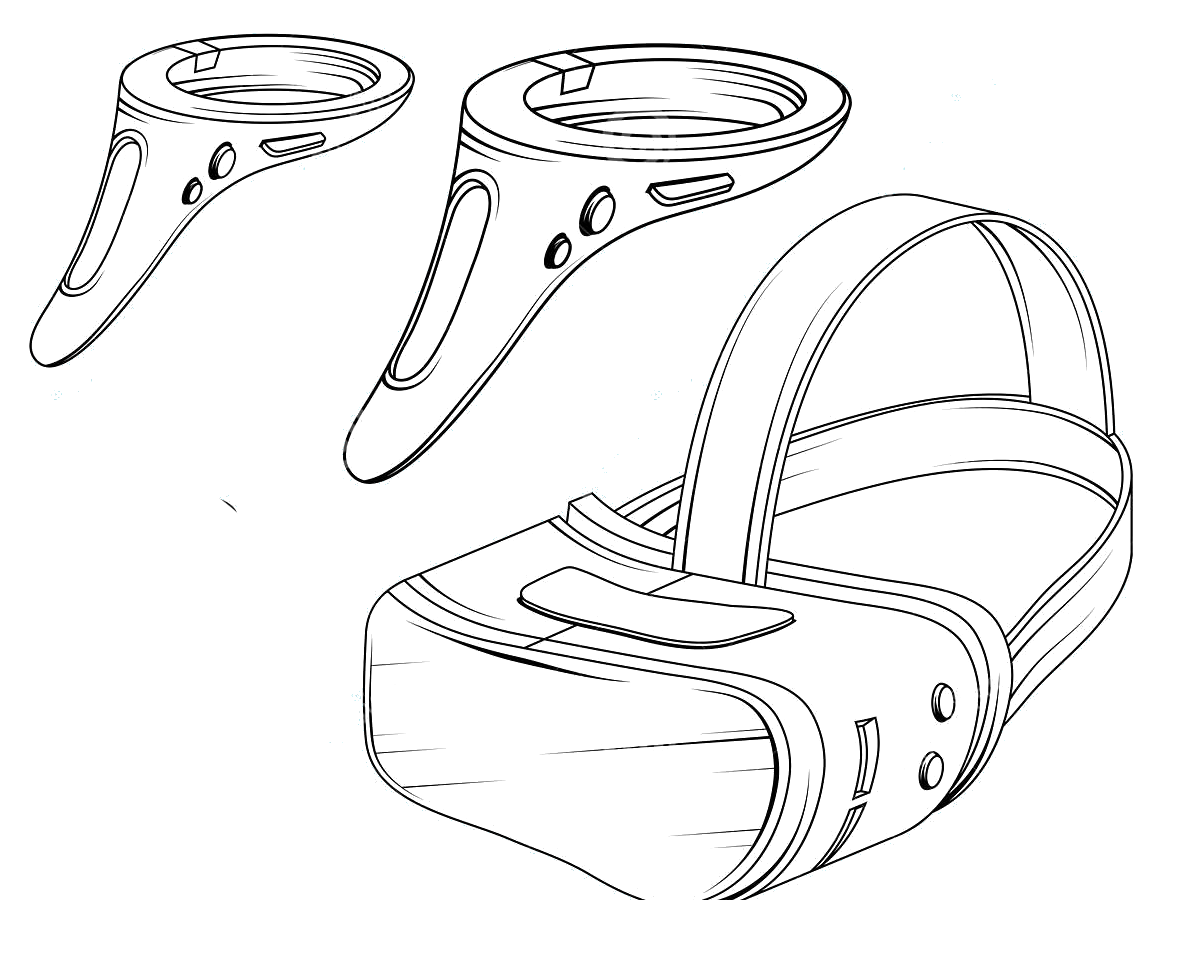


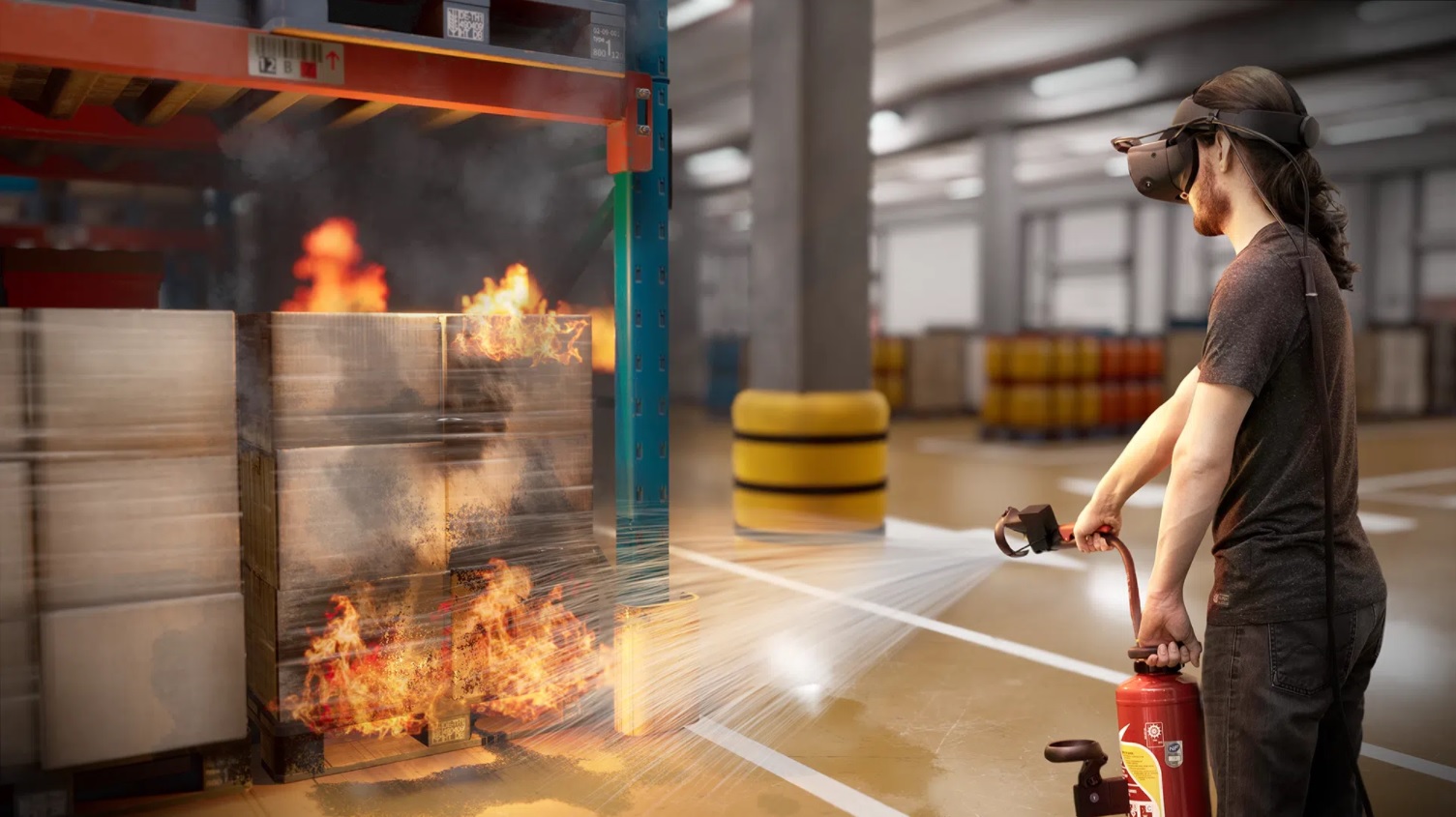

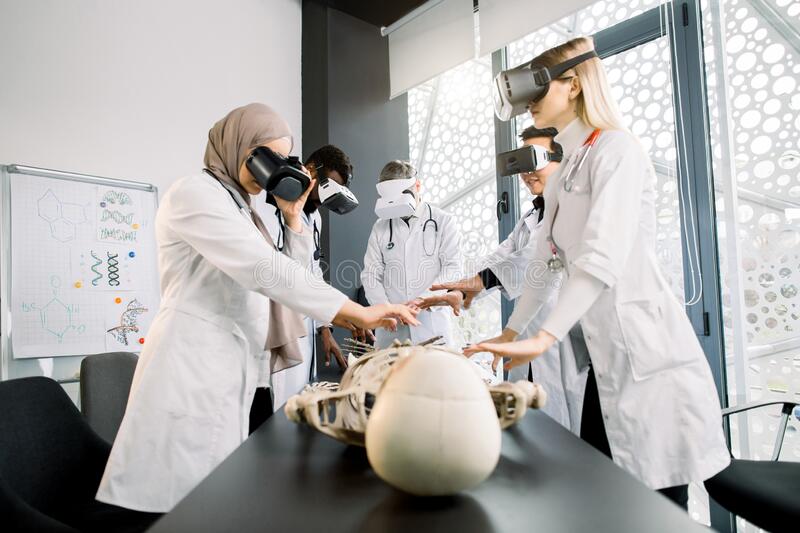
What do these words "virtual reality, augmented reality, mixed reality" also called "virtual immersion" mean to you?
For many people, virtual immersion concerns video games, 3D cinema, 360° cinema.
Virtual immersion goes well beyond these themes, it is also used in the field of training, it allows immersion in the environment of a company with different themes, this is the case of simulators of flight, simulators for production lines, training on safety, health and the environment in companies, etc.
Schools, universities use virtual immersion to deliver certain courses.
The medical field uses it to treat certain phobias, to simulate operations... The fields of application are vast and are constantly increasing.
Virtual immersion training offers are expanding following the many technological developments in this field.
The arrival on the market of virtual immersion helmets has revolutionized training methods.


Imagine a film, then in this film, we add virtual objects, that is to say that they do not exist in the film, they were added by means of a computer.
 Augmented reality
Augmented reality
Conversely, virtual reality is an environment that does not exist, it was entirely created by computer, as for animated films and this environment can be very realistic as is the case for the film Final Fantasy .
 Virual reality
Virual reality
Immersive training, also known as virtual training, is generally aimed at industries, schools and universities, however other areas have started to move towards virtual training such as temporary agencies, fast food, sales, real estate, driving school...
Virtual training is not a closed field, it has the advantage of being able to adapt to training needs and in particular to fields where the training offer is almost non-existent due to the complexity of its implementation.
Each type of training has its advantages and disadvantages.
Immersive training or virtual training makes it possible to train a large number of people in the company in a short time and at different times, whereas traditional training requires a fixed schedule with a trainer. Virtual training is available throughout the year 24 hours a day.
A typical example is the production lines, before, to train a person on a production line this often required the slowing down of the line, sometimes even stopping it completely.
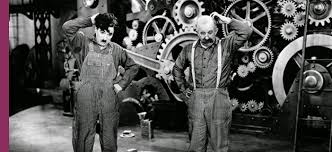

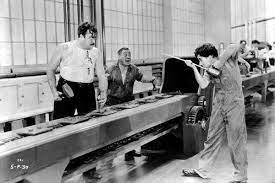
Image taken from the film "Modern Times" Charlie Chaplin
Nowadays, thanks to immersive training, an operator can be trained before taking up the post, which allows a double gain:
• A gain in production, the operator is operational when he arrives at the workstation.
• A gain in safety at work, the operator having carried out the actions several times and having become familiar with the work environment makes it possible to reduce the risk of accidents at work.
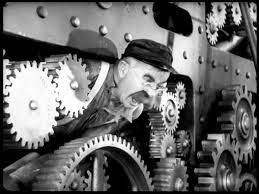
Image taken from the film "Modern Times" Charlie Chaplin
The production line is just one example among many, there are many applications such as first aid training, which normally in many countries is mandatory. For a company, it is very difficult to train its employees, the training sessions being often complete, far from the workplace and often the time slots do not necessarily correspond with the staff schedule. With immersive training, employees can be trained in the company, without traveling, with adapted schedules and at a lower cost.
In schools and universities, immersive training is complementary to theory, it is an educational support.
On the one hand, schools do not have the logistical means to travel to the field (museums, companies, construction sites, etc.), and often the number of students is limited. This is particularly the case for civil engineering students who cannot go to the construction sites frequently. Augmented reality in this case has a double utility, it allows all students to visualize a construction site and it allows to constitute archives and 10 years, 20 years later, other students will be able to visualize in 3D the methods of old construction .
On the other hand, it allows an immersive experience in many fields such as :
- The chemistry where it allows experiments to be carried out in complete safety at a lower cost.


- Sciences with the manipulation of molecules.
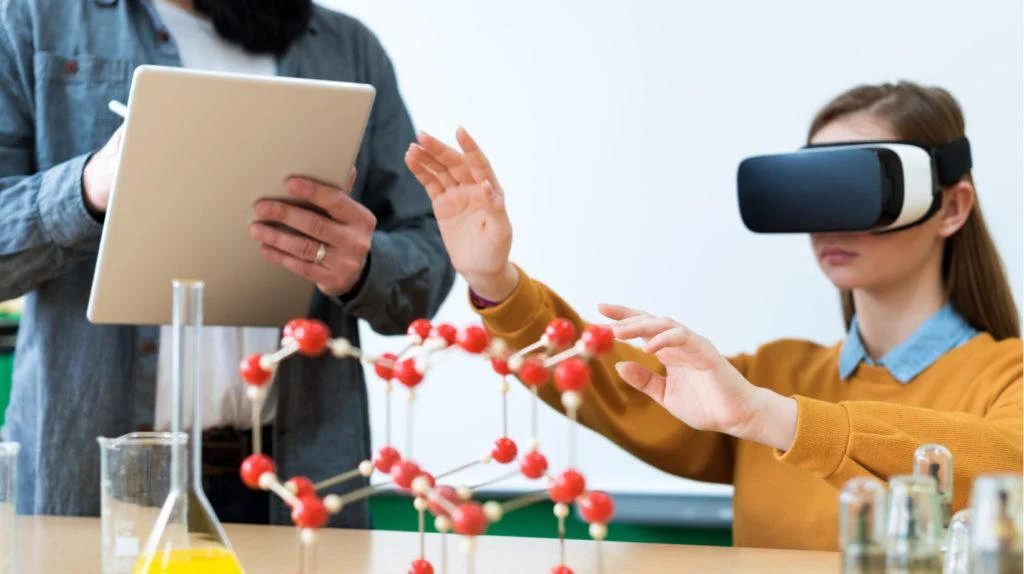
- The exploration of the solar system,
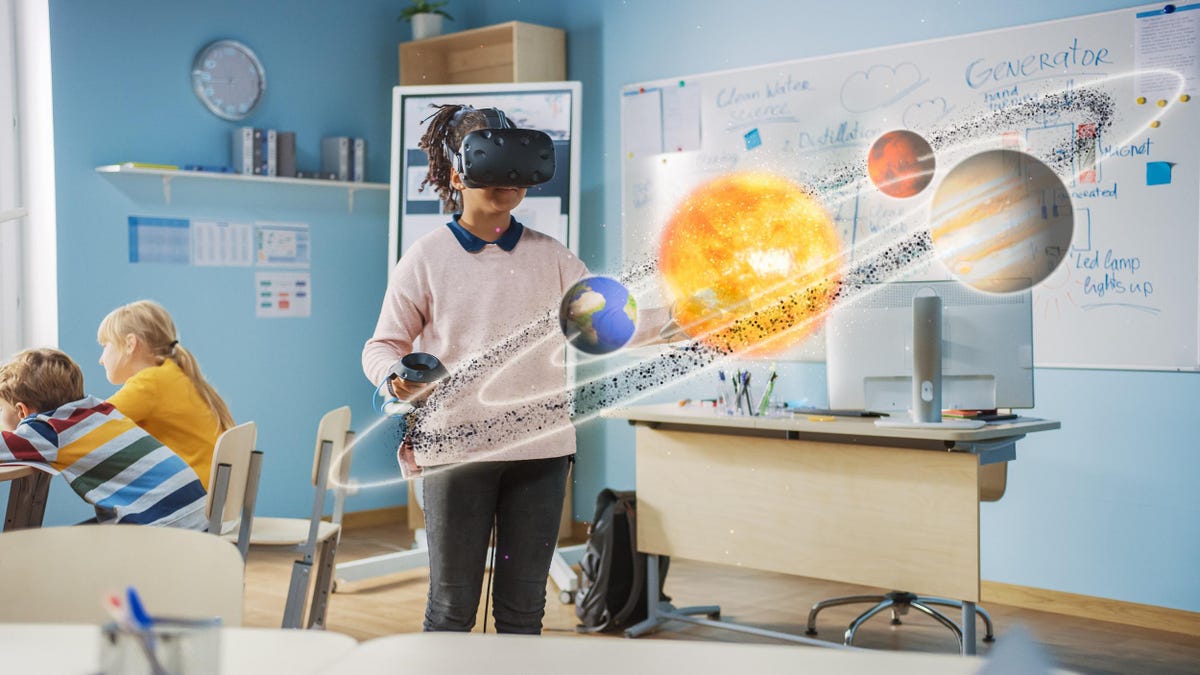
- For schools polytechnique with the visualization of prototypes before design.

- Medical schools are increasingly using this technology to train surgeons.

These are just a few examples, there is currently no application limit.
Augmented reality and virtual reality are gradually becoming essential teaching aids.
1. Virtual reality
The standard pack on risk prevention with 4 standard themes.
This pack is for rental only.
1.1 Chemical Hazards:
- handling chemicals,
- the storage of these products,
- their disposals.
1.2 Electrical risks
- intervention near networks
- hazard identification
- to behave
1.3 Fire safety
- to alert
- building evacuation
- to secure
- identify a fire
- fire extinguisher handling
1.4 The risks of manipulation
- Carrying loads
- storage of goods
- hygiene
- security equipment
2. Augmented reality
- The a la carte package.
- We define your needs together.
- We virtualize the place you have defined for us (rooms, production lines, etc.) by taking 360° videos.
- Our partner company adds the interactions you requested.
- Delivery of the finished product with a training session for future trainers.
KAI,MUS Ltd undertakes with the partner company not to keep any video or backup concerning your à la carte training. All materials belong to you and are delivered to you.
